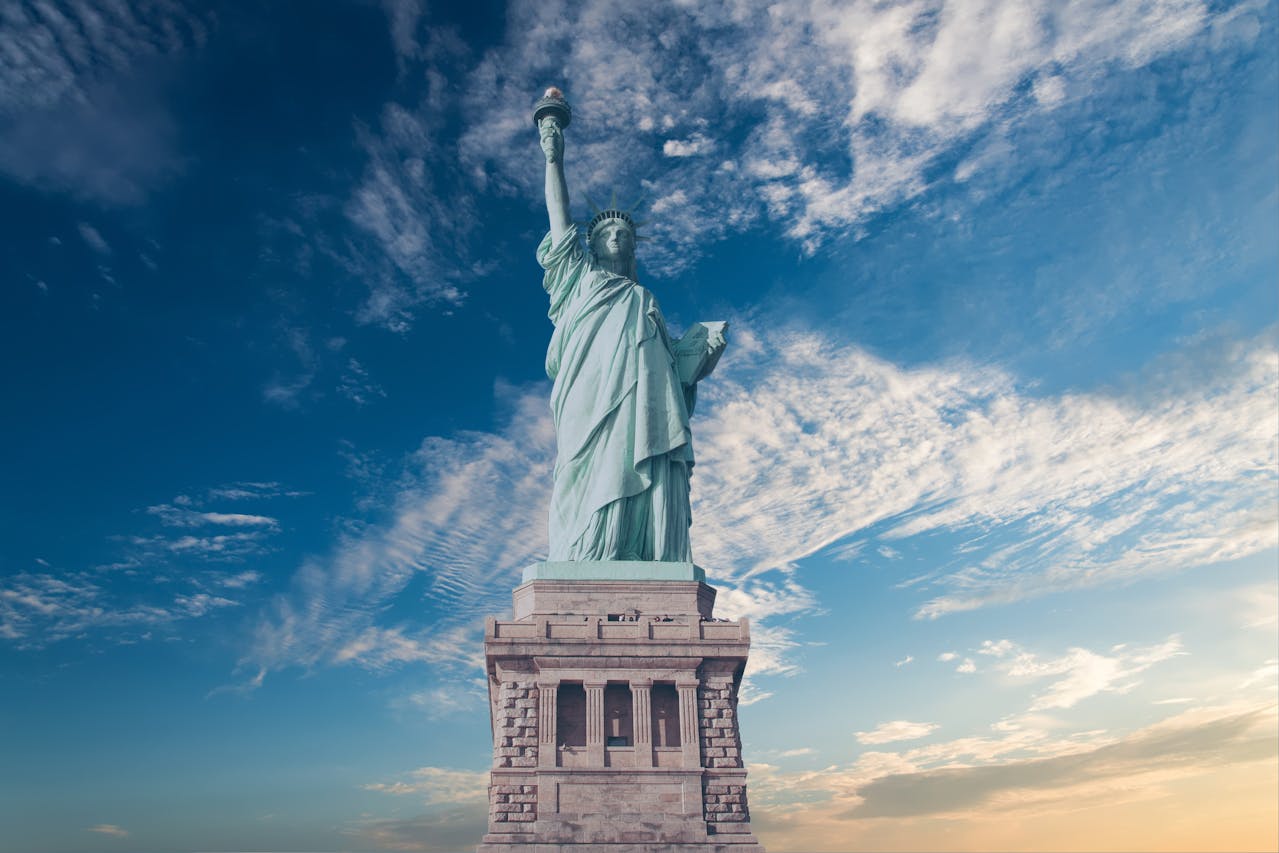Throughout America’s history, indigenous peoples have had a profound connection to the land, creating rich cultural legacies and passing down stories through generations. While many indigenous narratives remain untold or overlooked, these stories provide invaluable context to the land and landmarks we know today. In this article, we explore 10 American landmarks with untold indigenous stories, shedding light on the historical and cultural significance of these sites to Native American tribes and the deep-rooted connections they have with the land.
1. Mount Rushmore, South Dakota
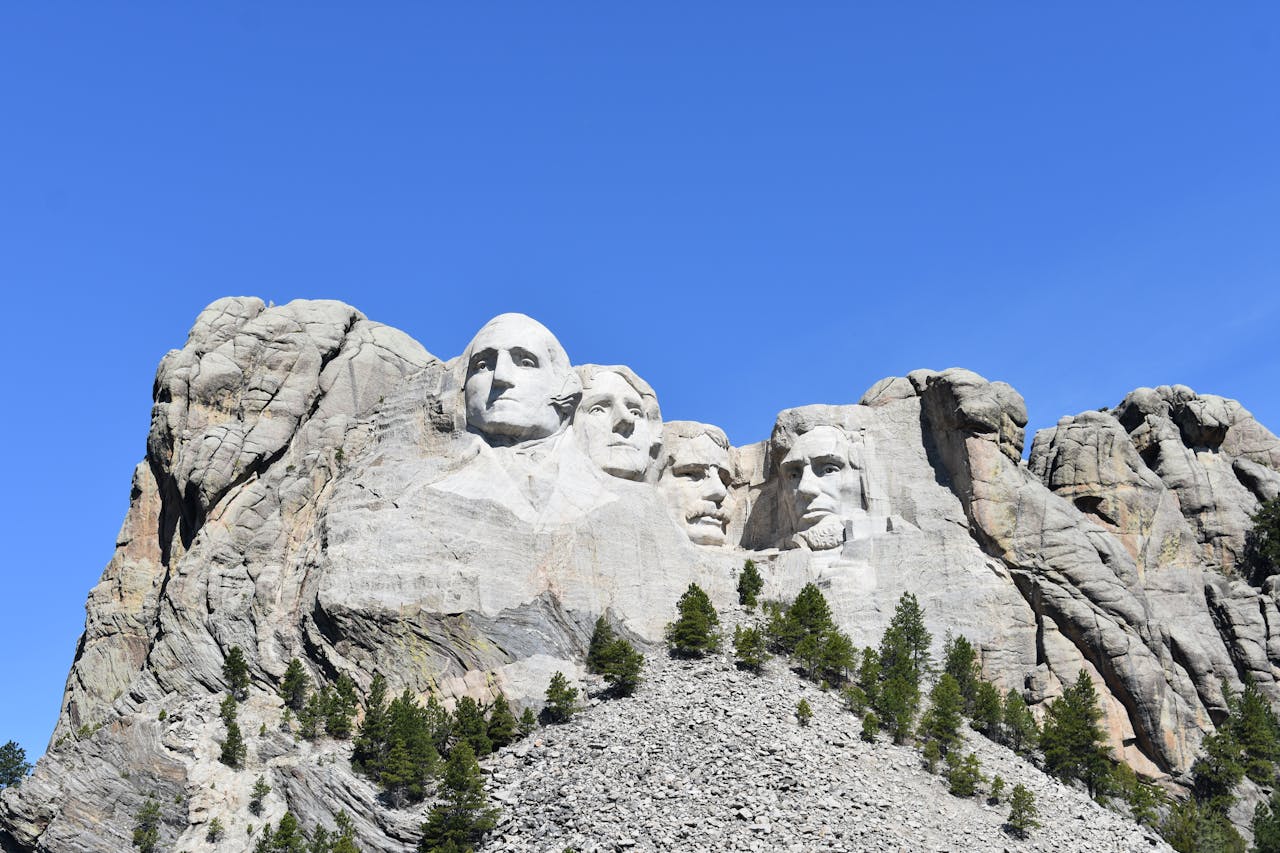
Mount Rushmore, one of the most iconic American landmarks, is celebrated for its presidential carvings, but it sits on land that has deep significance to the Lakota Sioux. The mountain, known as Tunkasila Sakpe, meaning “Six Grandfathers,” was considered sacred by the Lakota. The faces carved into the granite, representing U.S. presidents George Washington, Thomas Jefferson, Theodore Roosevelt, and Abraham Lincoln, were created without the consent of the Lakota people, who see the monument as a desecration of their sacred space. In 1971, the Lakota made a formal petition to reclaim the land, a request that has been met with resistance.
2. The Grand Canyon, Arizona
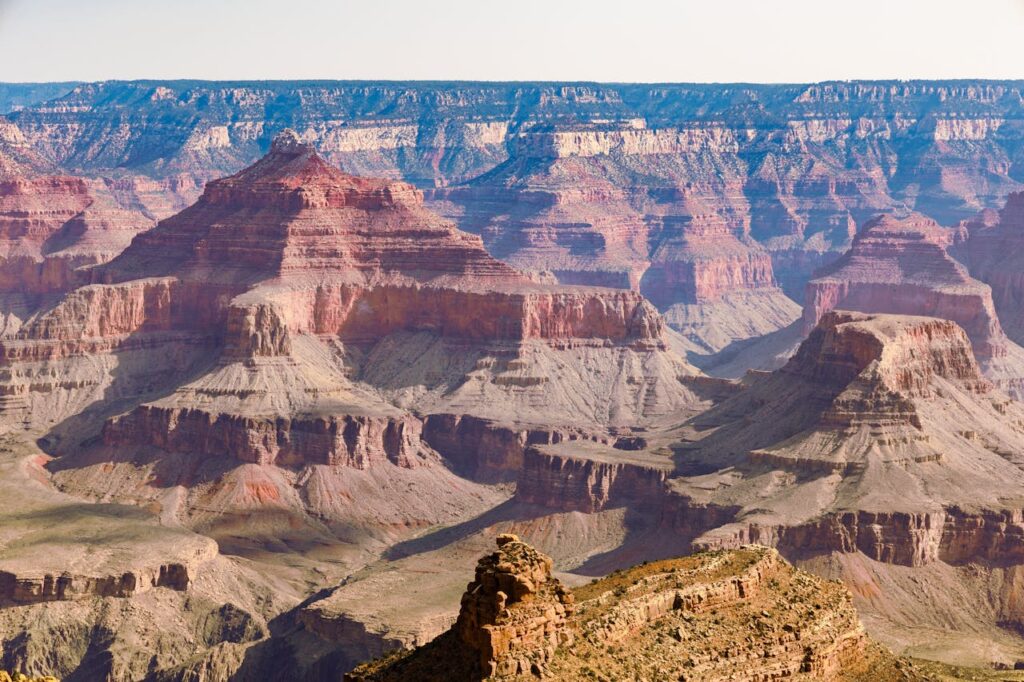
The Grand Canyon is more than just a geological wonder; it holds great spiritual significance for many indigenous tribes, especially the Havasupai, Hopi, and Hualapai peoples. The Havasupai consider the canyon their ancestral home, and their name translates to “people of the blue-green water,” referencing the vibrant blue waterfalls in the canyon. The Hopi, who live on nearby mesas, see the canyon as a place of emergence, where their ancestors first came into the world. Despite this rich cultural history, the Grand Canyon’s designation as a national park in 1919 was done without the consultation of indigenous communities, whose stories and heritage were sidelined in favor of tourism and conservation efforts.
3. Statue of Liberty, New York
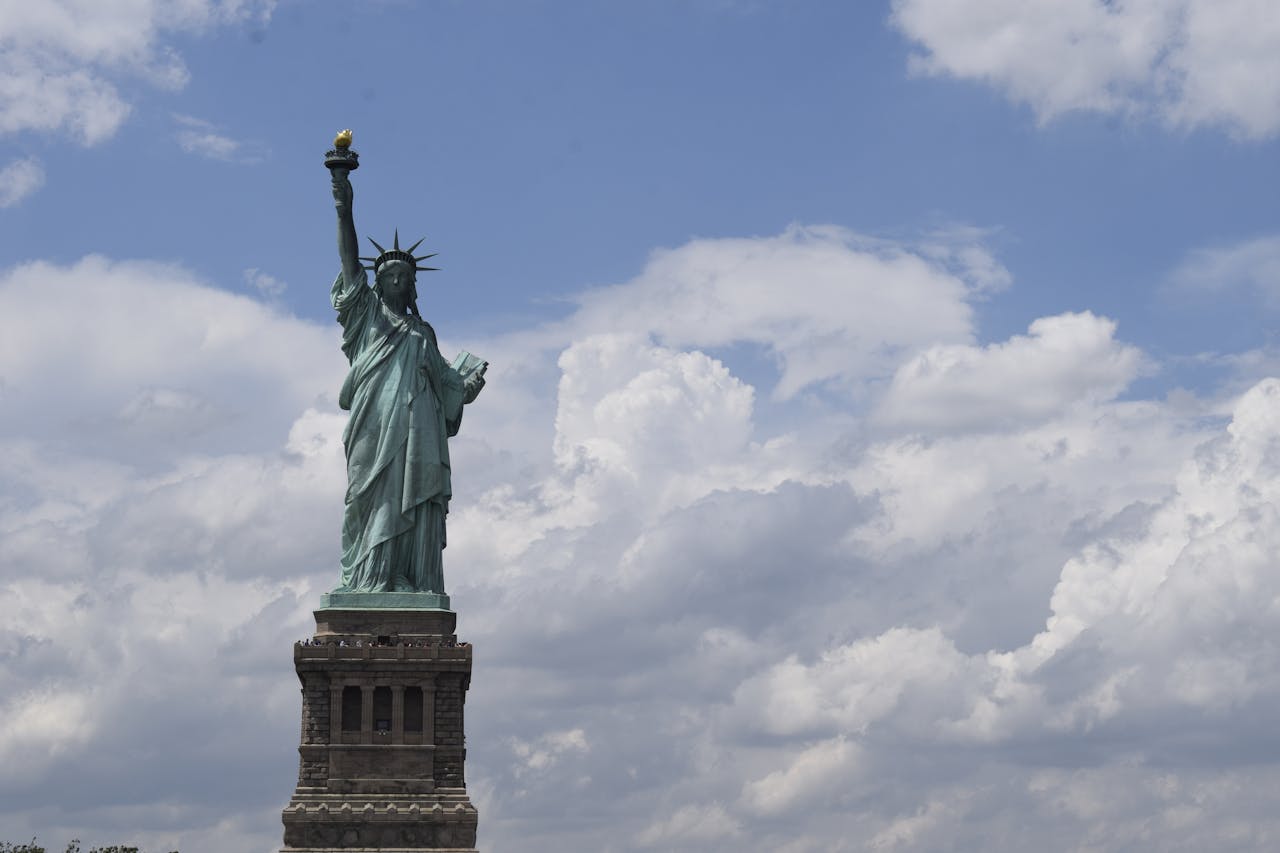
The Statue of Liberty is a symbol of freedom and democracy, but for the Lenape people, the island on which it stands, Liberty Island, has a much older and more complicated history. The Lenape, the original inhabitants of the area, lived along the Hudson River and viewed the land as sacred. The arrival of European settlers led to the displacement of the Lenape, and their land was gradually taken over. While the statue symbolizes freedom for many immigrants, it stands on land that was once the home of the Lenape, whose story of dispossession and cultural erasure remains largely untold.
4. Devil’s Tower, Wyoming
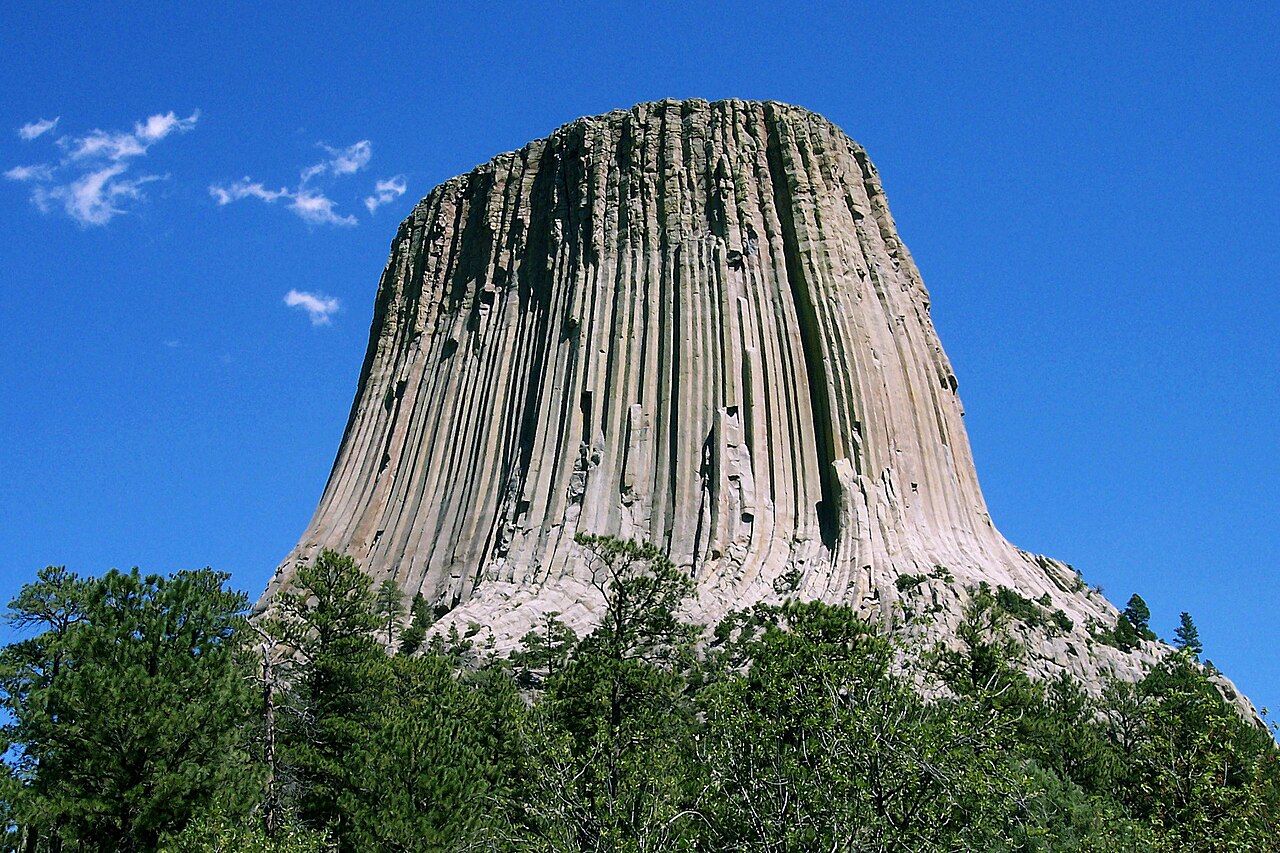
Devil’s Tower, a geological formation in Wyoming, holds deep significance for several indigenous tribes, including the Lakota, Cheyenne, and Kiowa. In Lakota tradition, the tower is known as Bear Lodge Butte, and it is tied to a creation story in which a group of girls were chased by a giant bear. The girls prayed to the Great Spirit, who caused the earth beneath them to rise, lifting them to safety on the top of what is now known as Devil’s Tower. The bear claw marks on the sides of the rock are said to be the result of the bear’s attempt to climb after them. Despite its spiritual importance, Devil’s Tower was named by non-indigenous settlers in 1875, further erasing its indigenous significance.
5. Chaco Canyon, New Mexico
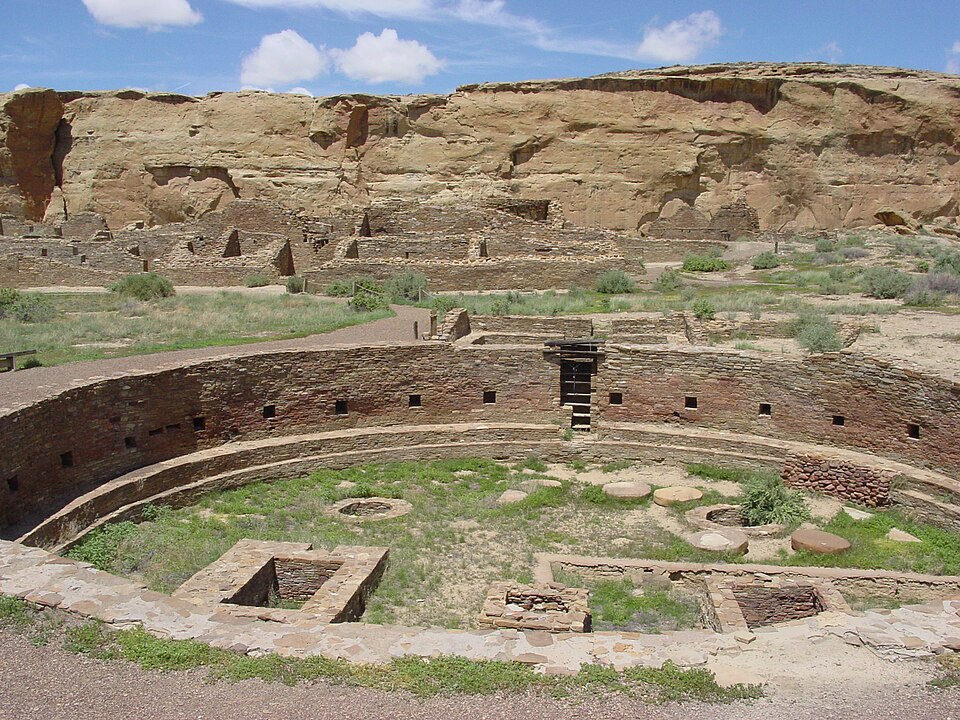
Chaco Canyon was once the heart of a major civilization in the American Southwest, inhabited by the Ancestral Puebloans between the 9th and 12th centuries. The site is a UNESCO World Heritage Site, known for its complex system of roads, ceremonial chambers, and astronomical alignments. However, much of the indigenous history and cultural context of Chaco Canyon has been lost or overlooked. The Navajo, whose ancestors had connections to the area, refer to Chaco Canyon as Tsé Chíí’, meaning “the rock that is red.” To this day, the Navajo believe the canyon is a sacred site, and they have expressed concerns over the destruction of the surrounding landscape by modern development.
6. Alcatraz Island, California
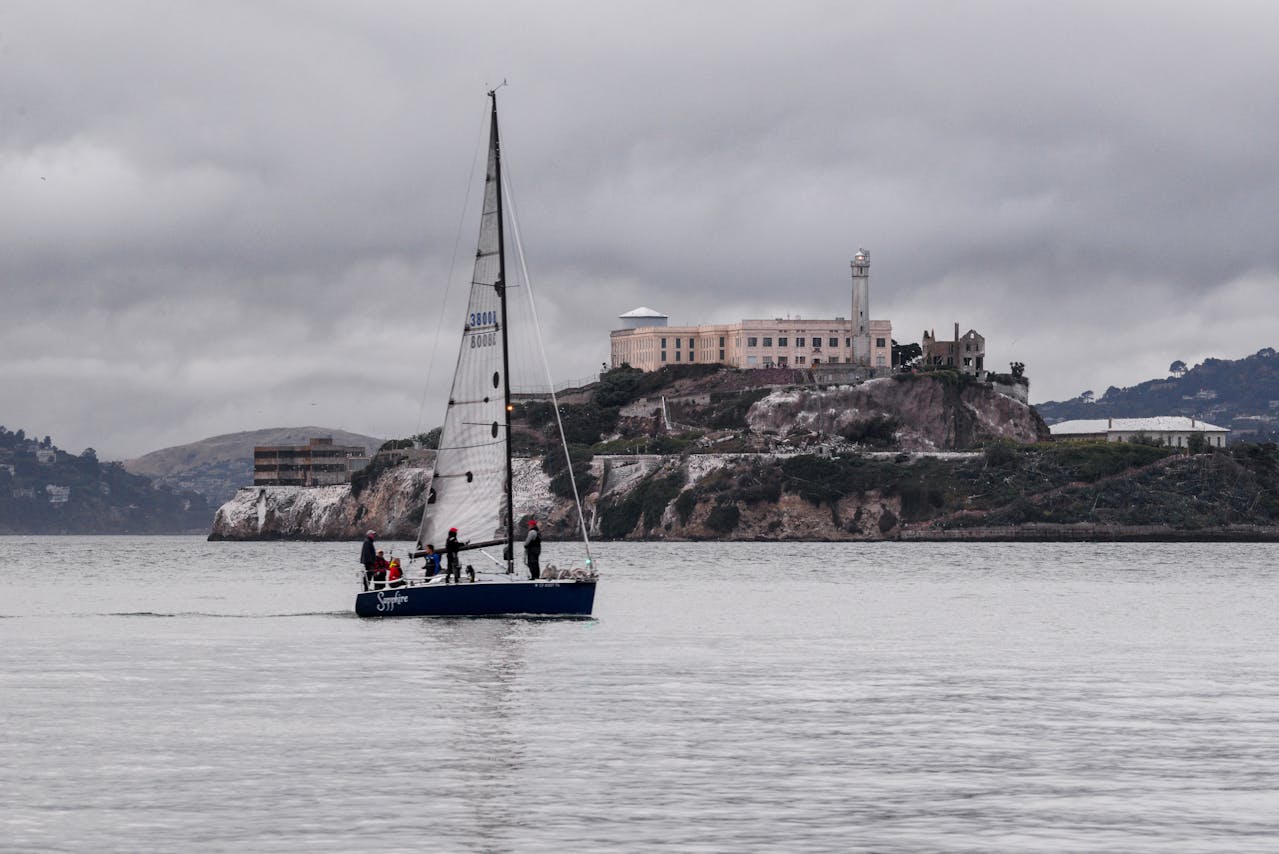
Alcatraz Island is best known for its infamous prison, but before it became a federal penitentiary, it was home to the Ohlone people, who lived on the island for thousands of years. The Ohlone had a deep connection to the island, using its resources for fishing, gathering, and shelter. In 1969, the island was occupied by a group of Native American activists from various tribes, including the Ohlone, in a bold protest against the U.S. government’s treatment of indigenous peoples. This protest lasted for 19 months and became a pivotal moment in the Native American civil rights movement. The occupation, though often overshadowed by the island’s prison history, was a powerful statement of resistance and reclamation.
7. Mount Shasta, California
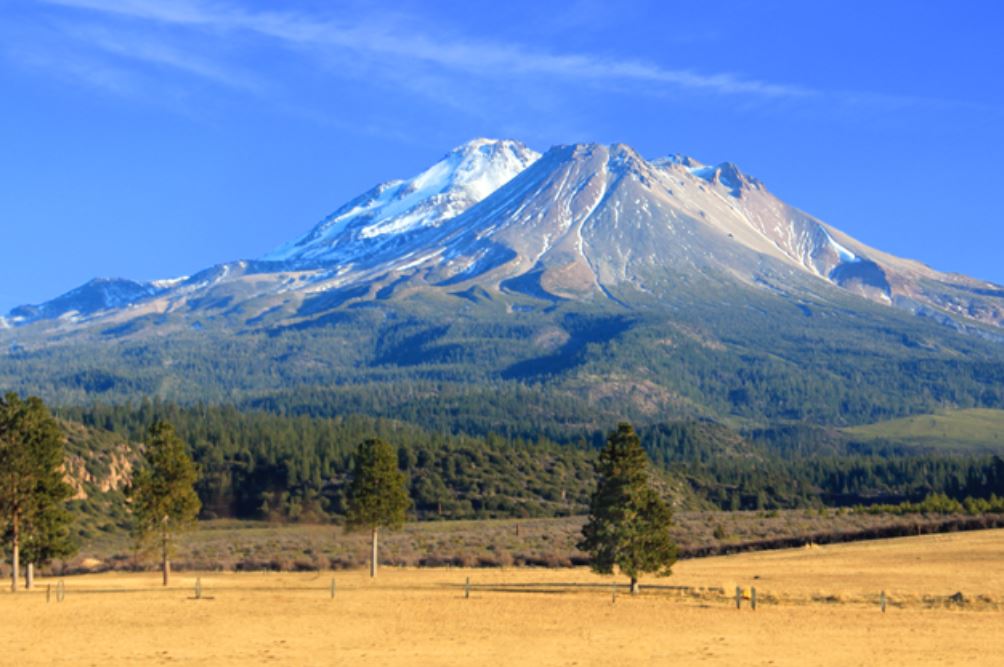
Mount Shasta, located in northern California, is a revered sacred site for several indigenous peoples, including the Modoc, Shasta, and Karuk tribes. For the Modoc, Mount Shasta is the dwelling place of the Great Spirit, and it plays a central role in their creation stories. The mountain is also associated with spiritual healing and vision quests. Today, Mount Shasta remains an important site for indigenous spiritual practices, though the mountain has been heavily commercialized. Despite this, indigenous communities continue to advocate for its protection and respect as a sacred site.
8. Cahokia Mounds, Illinois
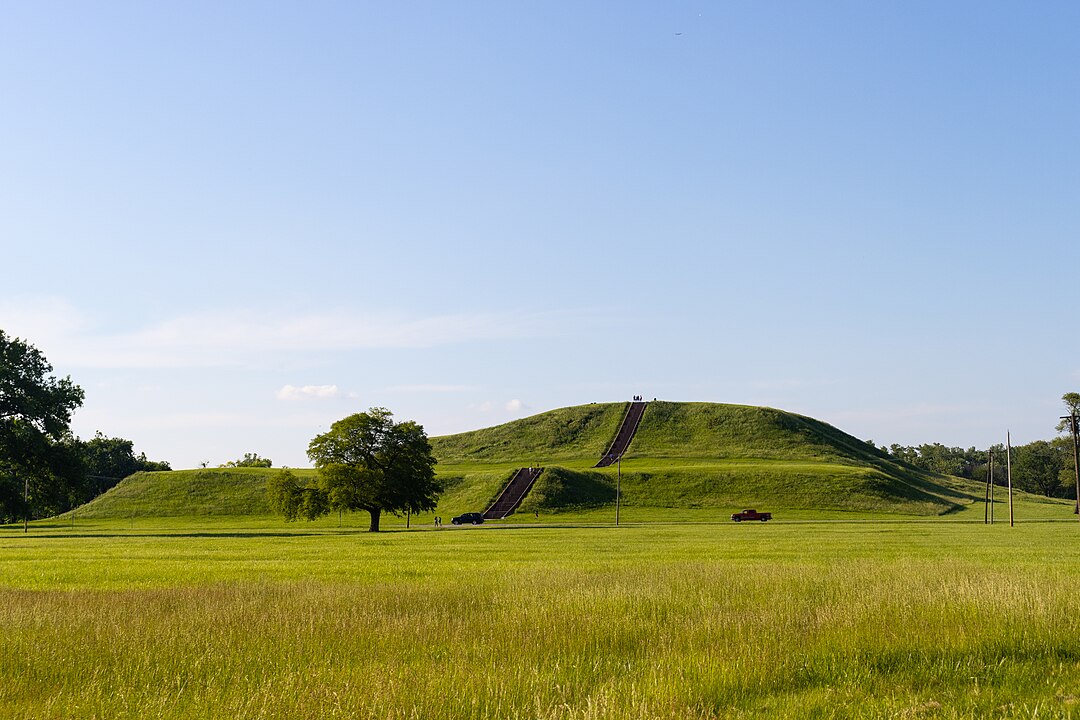
Cahokia Mounds, near present-day St. Louis, was once the largest pre-Columbian settlement north of Mexico. At its peak, around 1050 to 1200 CE, it was home to thousands of people who built massive earthen mounds for ceremonial and religious purposes. The Mississippian culture, to which the people of Cahokia belonged, created one of the most sophisticated societies in North America before their decline. Despite its significance, the history and culture of the Mississippian people have often been overlooked in favor of European narratives. Today, Cahokia Mounds is a UNESCO World Heritage Site, but the full scope of the indigenous achievements there is still not widely acknowledged.
9. The Everglades, Florida
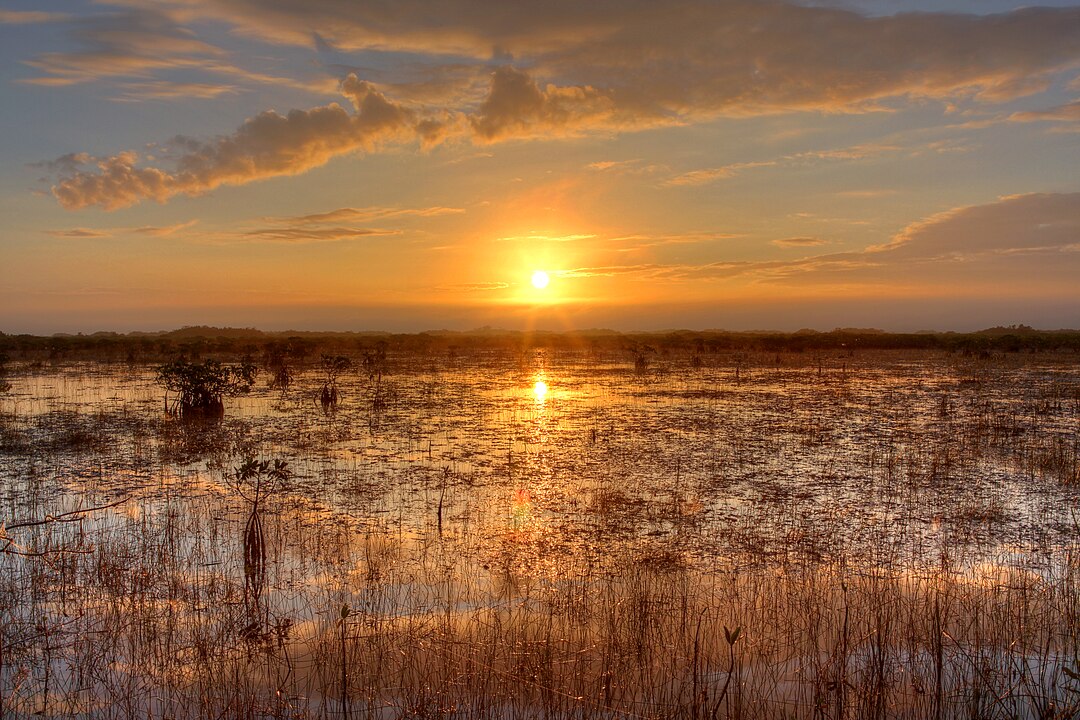
The Everglades, a vast wetland ecosystem in southern Florida, is home to the Miccosukee and Seminole tribes. For centuries, these indigenous peoples have relied on the Everglades for food, medicine, and shelter. The Seminole, in particular, have deep historical ties to the Everglades, where they sought refuge during the Seminole Wars. The swamps and marshes, while rich in biodiversity, were used by the Seminole to evade the U.S. Army, and the Everglades became a symbol of resistance. Today, the Everglades are a National Park, but much of the land’s significance to the Seminole people remains overlooked, and their ongoing efforts to protect their cultural heritage in the region continue.
10. The Black Hills, South Dakota
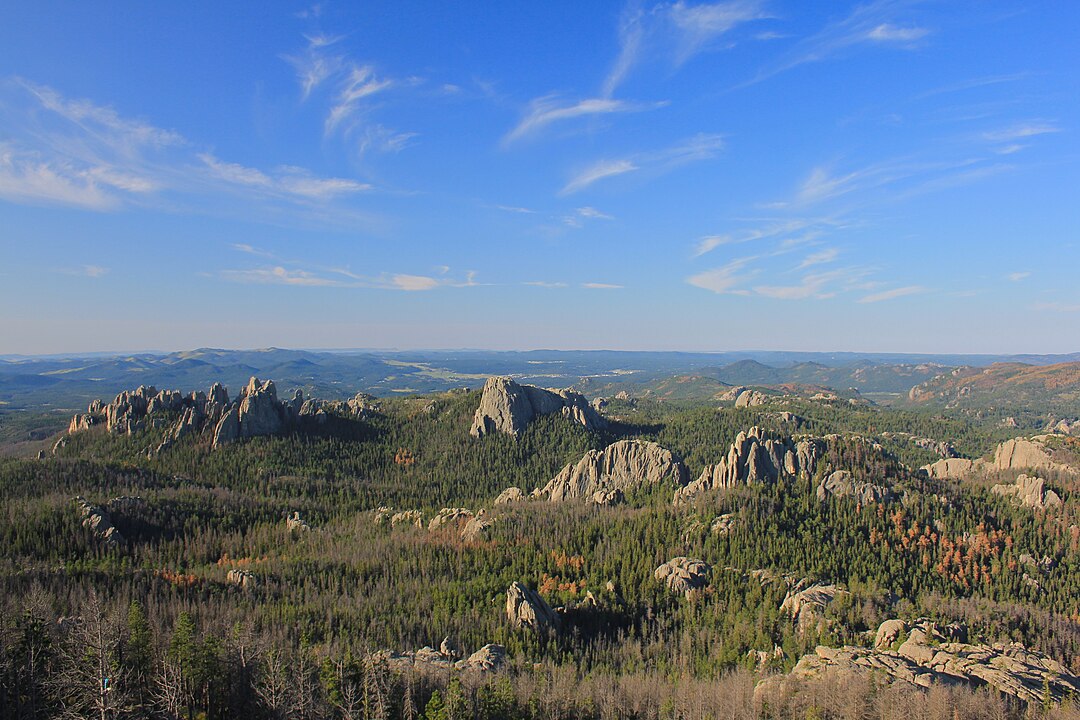
The Black Hills, sacred to the Lakota Sioux, are the site of numerous significant historical events, including the Battle of Little Bighorn in 1876. The Lakota consider the Black Hills to be a holy site, and the land is central to their cultural and spiritual identity. However, the Hills were taken from the Lakota in violation of the 1868 Treaty of Fort Laramie, which guaranteed them the land. The legal struggle to reclaim the Black Hills has continued for over a century, with the Lakota seeking compensation for the land and cultural heritage lost. Despite being a symbol of indigenous resistance, the Black Hills continue to be a battleground for sovereignty and justice.
